Sign up for our monthly Leap Update newsletter and announcements from the Leap Ambassadors Community:
By clicking "Stay Connected" you agree to the Privacy Policy
We use cookies for a number of reasons, such as keeping our site reliable and secure, personalising content and providing social media features and to analyse how our site is used.
Accept & ContinueBy clicking "Stay Connected" you agree to the Privacy Policy
Our Common Definition of High Performance
Without a thoughtfully developed, thoroughly vetted definition of “high performance,” any call for raising performance in our sector rings hollow.
Definition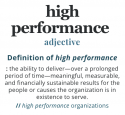
Courageous, Adaptive Executive and Board Leadership
Leadership, the preeminent pillar of high performance, helps your organization embark on a journey to make it even stronger.
Practice Imperative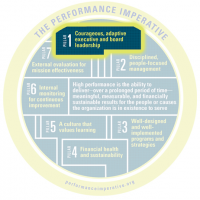
Disciplined, People-Focused Management
Join forces to make your disciplined and people-focused management even stronger.
Practice Imperative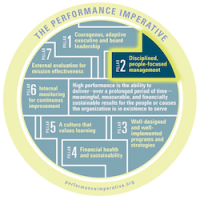
Well-Designed And Well-Implemented Programs And Strategies
Well-designed and well-implemented programs help the people and causes you serve.
Practice Imperative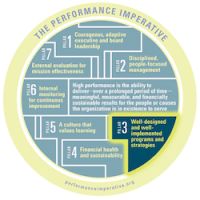
Financial Health And Sustainability
Get on the path to long-term financial sustainability.
Practice Imperative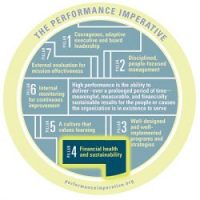
A Culture That Values Learning
Double down on developing a culture that values learning.
Practice Imperative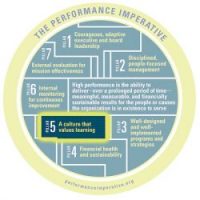
Internal Monitoring For Continuous Improvement
Internal data help you make decisions that leads to continuous improvement.
Practice Imperative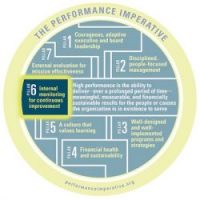
External Evaluation For Mission Effectiveness
External evaluation can help you ensure mission effectiveness.
Practice Imperative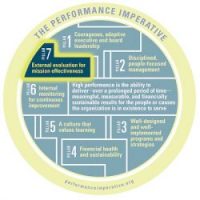
Home / Knowledge Center / Monitoring
 Knowledge Center
Knowledge CenterDecisions about organizational programs need to be data-informed. Nonprofits have a responsibility to obtain constituent feedback, quantitative and qualitative indicators, and track program outcomes.
VIDEO | CEO Tess Reynolds explains how New Door Ventures compared case manager’s outcomes with productive results.

VIDEO | Without collecting data on your performance, you’ll never know when you have a problem. Isaac Castillo explains how the Latin American Youth Center discovered one of their programs was having the exact opposite effect of what they intended – and how they went about correcting it.

VIDEO | Carol Rivchun, President and CEO of Youth Opportunities Unlimited, shares an example of how easy it is to get an impression that isn’t supported by the data. She talks about how surprising data helped them improve.

PDF | Read about short-term accomplishments and long-term results; quantitative and qualitative measures, in Peter Drucker’s words.

© Copyright 2025 | Leap of Reason Ambassadors Community. All Rights Reserved.